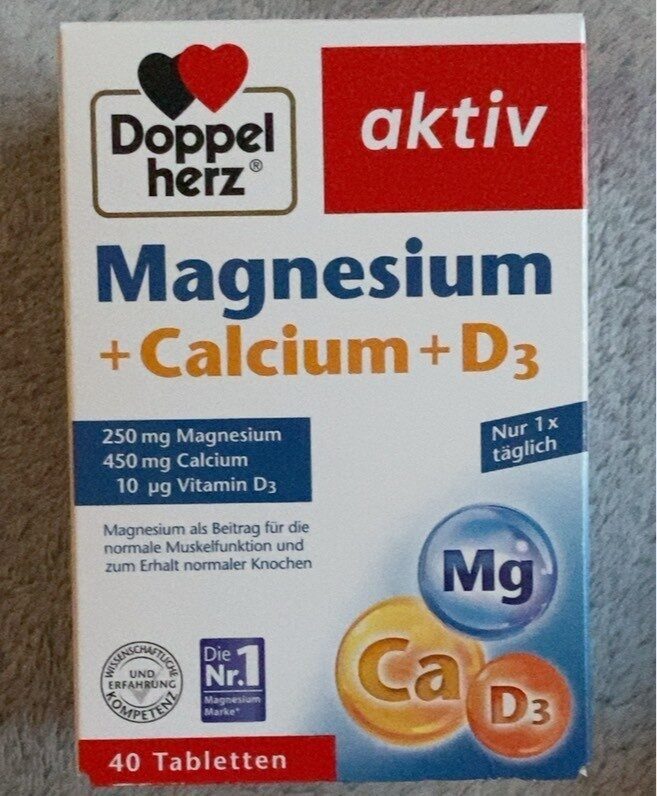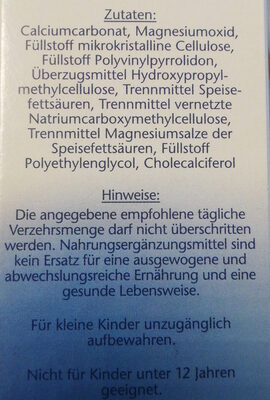Magnesium + Calcium + D3 - Doppelherz - 79,2g
This product page is not complete. You can help to complete it by editing it and adding more data from the photos we have, or by taking more photos using the app for Android or iPhone/iPad. Thank you!
×
Barcode: 4009932002560 (EAN / EAN-13)
Quantity: 79,2g
Packaging: de:Stück
Brands: Doppelherz
Categories: Dietary supplements, Vitamins
Link to the product page on the official site of the producer: http://www.doppelherz.de
Matching with your preferences
Environment
Packaging
Transportation
Report a problem
Data sources
Product added on by date-limite-app
Last edit of product page on by thaialagata.
Product page also edited by erikwucher, halal-app-chakib, kiliweb, sil, vaporous, yuka.sY2b0xO6T85zoF3NwEKvlhcZU__HjzbCZhLkq1yC2NCpMpewYdxz_rjUa6s.
If the data is incomplete or incorrect, you can complete or correct it by editing this page.






